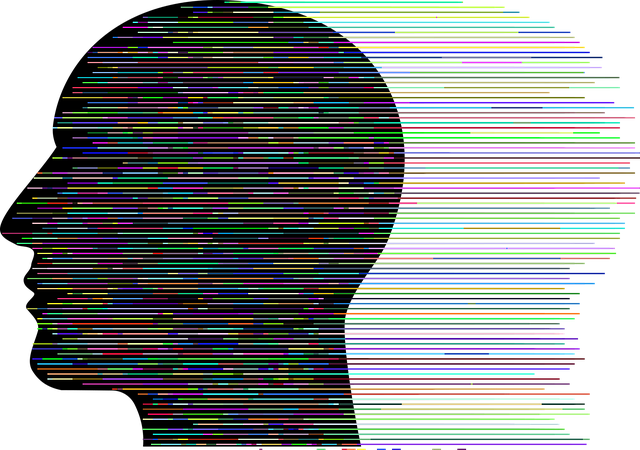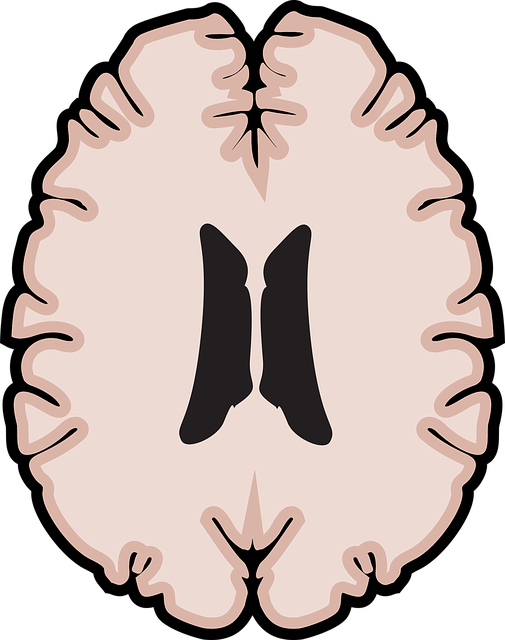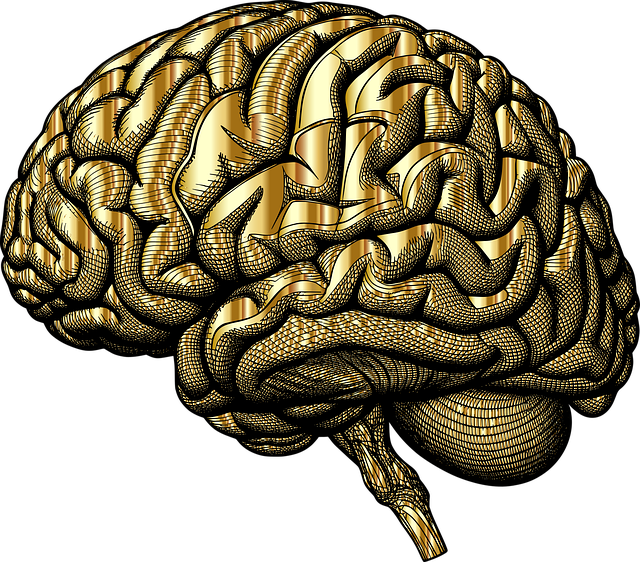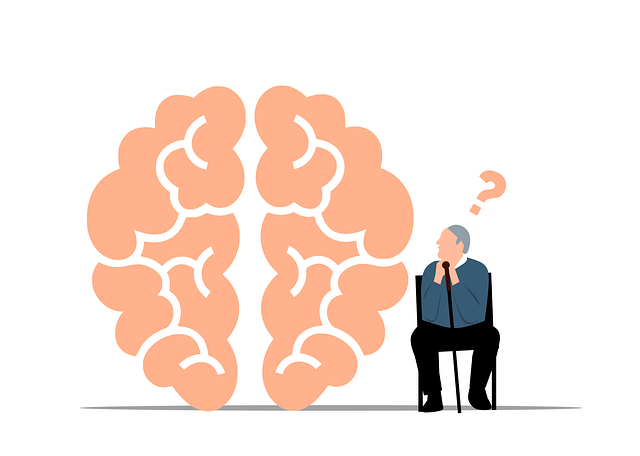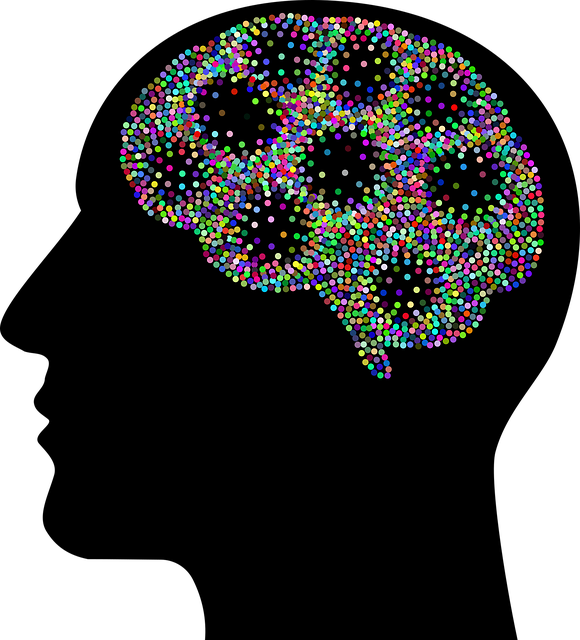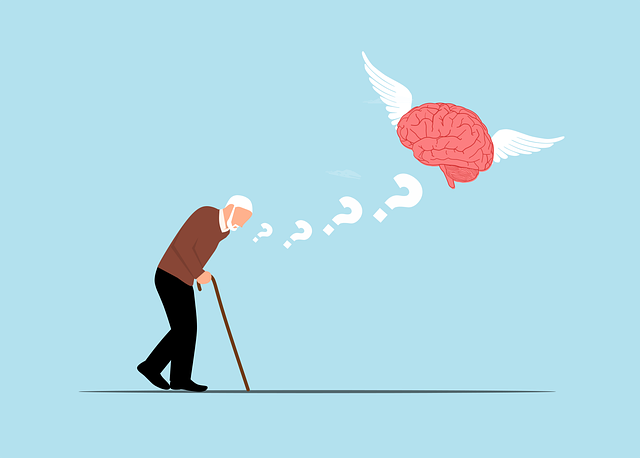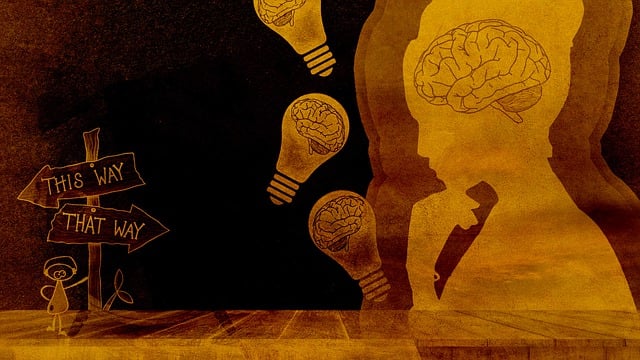Evaluating mental wellness programs for elders involves both quantitative and qualitative methods. Quantitative approaches, like statistical analyses and pre/post assessments, measure program effectiveness, highlighting therapy successes (e.g., CBT's efficacy in treating mood disorders). Qualitative methods, through interviews and surveys, capture participants' subjective experiences, revealing improved mental health, coping strategies, and social engagement. Cognitive Behavioral Therapy (CBT), a structured approach tailored to older adults, is highly effective for depression and anxiety. Engagement surveys gauge participants' satisfaction with CBT, allowing therapists to refine interventions based on direct feedback. Long-term follow-ups are essential to assess the sustainability of program impacts, aiding in reducing mental illness stigma and society-wide wellness.
Mental wellness programs are gaining prominence, yet evaluating their effectiveness remains a challenge. This article explores various evaluation methods to assess the impact and sustainability of these initiatives, with a specific focus on Therapy for Elders using Cognitive Behavioral Therapy (CBT). We compare quantitative data analysis to qualitative insights, discuss the value of engagement surveys, and highlight the importance of long-term follow-ups in program improvement. By employing these strategies, mental health professionals can ensure their programs meet the needs of participants over time.
- Assessing Program Impact: Quantitative vs Qualitative Methods
- Therapy for Elders: Cognitive Behavioral Therapy (CBT) Evaluation
- Engagement and Satisfaction Surveys: Getting Feedback from Participants
- Long-term Follow-up: Measuring Sustainability of Mental Wellness Programs
Assessing Program Impact: Quantitative vs Qualitative Methods

Evaluating the impact of mental wellness programs is a multifaceted process that requires both quantitative and qualitative approaches. Quantitative methods involve statistical analysis of data such as participant demographics, initial and post-program assessments, and changes in symptom severity scores. This data offers tangible evidence of program effectiveness, helping researchers identify which aspects of the program contribute most to positive outcomes. For instance, comparing pre- and post-intervention scores on depression scales can highlight the efficacy of a specific therapy, such as Cognitive Behavioral Therapy (CBT), for elders experiencing mood disorders.
Qualitative methods, in contrast, delve into participants’ subjective experiences and perceptions. Through techniques like interviews, focus groups, and surveys with open-ended questions, researchers gain insights into the program’s impact on individuals’ lives. This qualitative data can reveal themes related to improved mental health, enhanced coping strategies, or increased engagement within social networks. For example, Healthcare Provider Cultural Competency Training and Mindfulness Meditation programs might be assessed qualitatively for their ability to foster a sense of belonging and improve participants’ overall well-being. Additionally, Public Awareness Campaigns Development can be evaluated through qualitative methods to understand its reach and influence on community mental health attitudes and behaviors.
Therapy for Elders: Cognitive Behavioral Therapy (CBT) Evaluation

For elders experiencing mental health challenges, Cognitive Behavioral Therapy (CBT) stands out as a powerful and widely recognized evaluation method. CBT is tailored to address specific issues faced by older adults, focusing on identifying and modifying negative thought patterns and behaviors that contribute to common mental health disorders such as depression and anxiety. This therapeutic approach encourages active participation from the elderly individuals, empowering them to take control of their mental wellness journey.
The evaluation process involves assessing the client’s current thoughts, feelings, and behaviors through structured interviews and self-report measures. By comparing these findings with baseline measurements, therapists can objectively gauge the effectiveness of CBT interventions. This data is invaluable for refining the design of both individual therapy sessions and broader mental health education programs. Moreover, successful implementation of CBT in elder care settings could inspire the development of public awareness campaigns aimed at reducing stigma associated with mental illness among older populations.
Engagement and Satisfaction Surveys: Getting Feedback from Participants

Engagement and Satisfaction Surveys play a vital role in evaluating mental wellness programs, particularly for older adults undergoing Therapy for Elders. These surveys provide direct feedback from participants about their experiences, offering insights into the program’s effectiveness and areas for improvement. By administering such questionnaires, mental health professionals can gain a deeper understanding of the clients’ satisfaction levels and engagement with the therapeutic processes.
Incorporating Compassion Cultivation Practices and addressing Cultural Sensitivity in Mental Healthcare Practice are essential aspects that can be assessed through these surveys. Participants may rate their agreement or dissatisfaction with statements related to emotional regulation techniques taught during sessions, the overall supportive environment, and cultural considerations that make the therapy relevant to their backgrounds. This feedback loop allows therapists to tailor interventions, ensuring the program aligns with the unique needs of elderly individuals seeking Cognitive Behavioral Therapy.
Long-term Follow-up: Measuring Sustainability of Mental Wellness Programs

Long-term follow-up is a critical aspect of evaluating mental wellness programs, as it assesses the sustainability and lasting impact of interventions. This involves tracking participants’ mental health outcomes over an extended period after completion of the program. By conducting periodic check-ins or assessments, researchers can gauge whether the benefits of therapy for elders, such as Cognitive Behavioral Therapy (CBT), persist or require additional support.
Such follow-up methods are particularly important in addressing mental illness stigma reduction efforts and public awareness campaigns development. They provide insights into the long-term effectiveness of different therapeutic approaches, enabling professionals to refine programs and tailor them to meet ongoing community needs. This sustained focus on mental wellness ensures that individuals continue to receive guidance and support, fostering a healthier and more supportive society.
Evaluating mental wellness programs is crucial for understanding their impact and effectiveness. By employing a mix of quantitative and qualitative methods, such as engagement surveys and long-term follow-ups, we can gain valuable insights into the sustainability of initiatives like Cognitive Behavioral Therapy (CBT) for elders. This comprehensive approach ensures that programs not only provide immediate relief but also foster lasting mental wellness, catering to the unique needs of an aging population.
